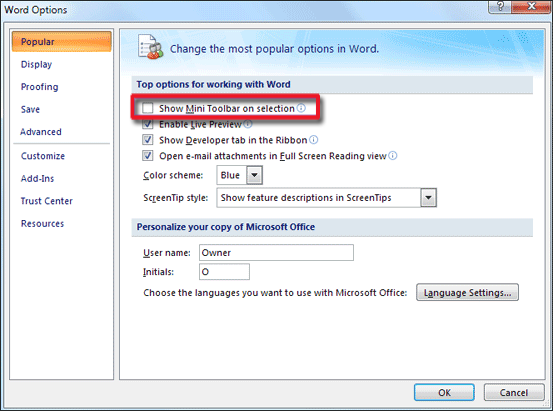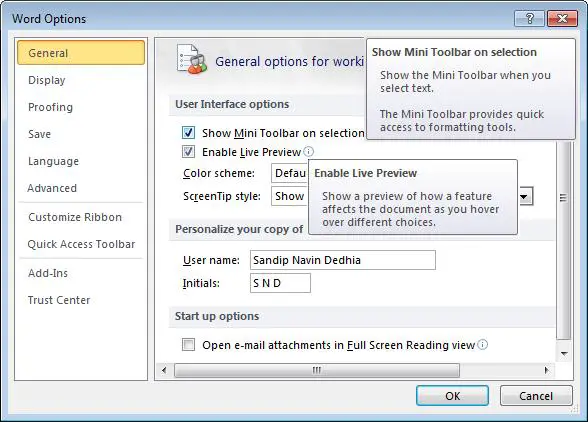
To access online training modules you need a login name and password.

Learn at your own speed with self-paced, online training modules from ElementK.ĮlementK also includes an array of modules covering all aspects of the new Office 2007 products for learners desiring specific topics or who need to start at the beginning. Want to learn about the new features and where to find them? Explore these links to get assistance navigating Office 2007 and its new features using Microsoft’s easy-to-use interactive guides: In a hurry to get started? Use these handy links to Microsoft’s mapping workbooks to create lists of menus and toolbar commands from Office 2003 with their new locations in Office 2007: Take advantage of excellent (and free!) resource materials on Microsoft’s training site to help ease your transition. 7 Changing the Default Font and Line Spacing in Word 2007.6 Set Word Default to Automatically Save in Compatibility Mode.5 Saving Microsoft Word 2007 Files in Compatibility Mode.4.2 Inserting Merge Fields in Rules / Manually Editing Merge Code.4 Conditional Text (Rules) in a Mail Merge.3.2.2 Use Your Contacts File as a Data Source.3.2.1 Use a MS Excel Spreadsheet as a Data Source.3 Using Mail Merge in Microsoft Office 2007.2 New Interface Elements in Office 2007.(This is how the feature works in Outlook, Excel, PowerPoint. You can awaken it whenever you like by alternate-clicking anywhere in your document. Uncheck the “ Show Mini Toolbar on selection” option, then click OK.Īfter making this change, the Mini Toolbar is not dead, just sleeping.If necessary, select the Popular category from the left-hand pane.Click the Office button and select Word Options.Luckily, Microsoft anticipated my irritation and provided a quick and simple way to disable the Mini Toolbar's annoying automatic appearance. Don’t we apply Underline at least as much as Italics? I almost never use Highlight, and why is it necessary to have the Font Size command and the Grow and Shrink Font buttons? Second, the commands available on the Mini Toolbar are, to me, an odd collection. Ditto when I want to drag a block of text to another location in my document. The trouble is that when I do this, the Mini Toolbar appears and blocks what I’m trying to read. Kind of like when you read a book and use your finger to skim down a page, but without getting chocolate on the monitor. It helps me read fast and keeps me from losing my place if I am interrupted.

I have a couple of issues with the Mini Toolbar. In real life, it’s a pain, at least in this instance. The concept is that, by placing commands near the mouse pointer, they are easier to access. It appears automatically in Word whenever you select text and provides access to common text editing features such as font size, bold and indent. The Mini Toolbar is part of the Microsoft Office 2007 Fluent User Interface.


 0 kommentar(er)
0 kommentar(er)
